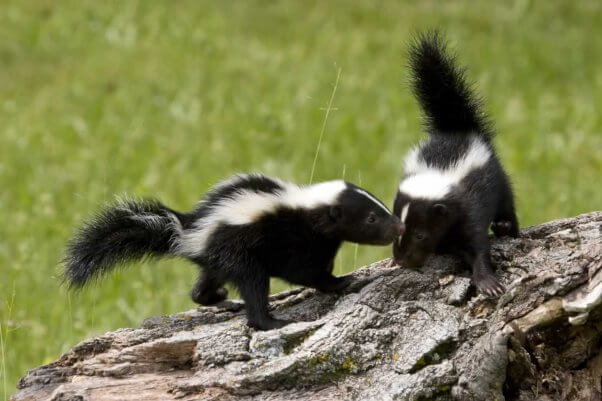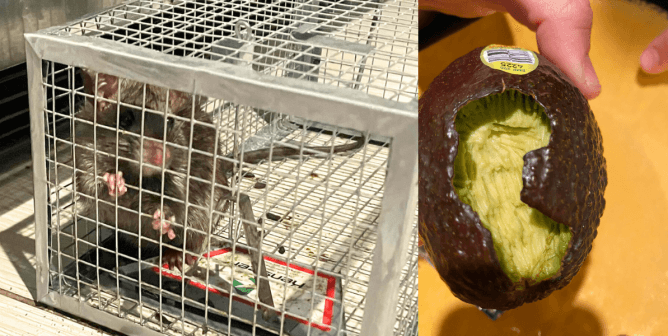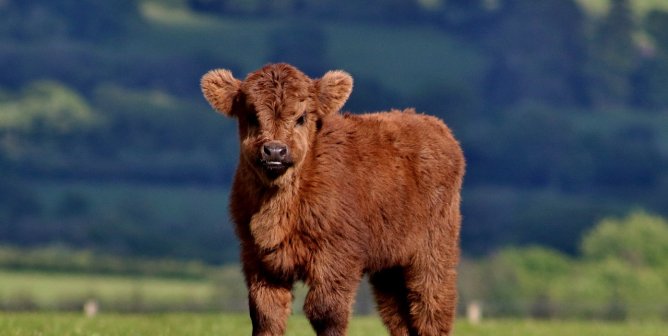To effectively keep skunks from frequenting your yard, target the parts of your property that attract them.
A skunk’s diet consists mainly of insects. Skunks, along with raccoons, squirrels, moles, starlings, grackles, and crows, dig holes in lawns and gardens in search of insect grubs. The digging leaves small, cone-shaped holes and patches of upturned earth. Many gardeners welcome the services of skunks and other grub-eaters because the grubs do damage to their lawns and gardens.
But you also can prevent skunks and other animals from frequenting your property by keeping garbage containers tightly sealed at all times. Discourage the feeding of wildlife in your area, as artificial food sources attract all kinds of wildlife, not just the ones who are targeted.
Like raccoons, skunks look for places to make dens, so seal off sheds and openings under porches and buildings. Like raccoons, they make dens when they are preparing to have babies. If skunks have already taken up residence, tolerance is the first and best approach. Once the young are big enough, the family will vacate the area. However, if absolutely necessary, the family can be evicted easily by making the area inhospitable by putting lights, radios, and ammonia-soaked clothes inside the den area. This will prompt “Mom” to move her brood to another location. Or, if (and only if) there are no babies in the den, you can install a one-way door. For information on sales of one-way doors and good illustrations of how they work, go to tomahawklivetrap.com.
In the unlikely event that an individual skunk needs to be trapped, use a cage trap that traps the animal alive and unharmed. Cage traps can be purchased at your local home improvement center in the lawn and garden department or online at tomahawklivetrap.com.
Once you have trapped the skunk, cover the trap with a blanket to calm the animal and to discourage him or her from spraying. Trapping should only be used as a last resort, and it must be followed up with habitat alteration that will discourage other skunks from moving in to fill the vacancy.







